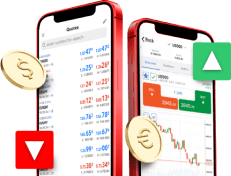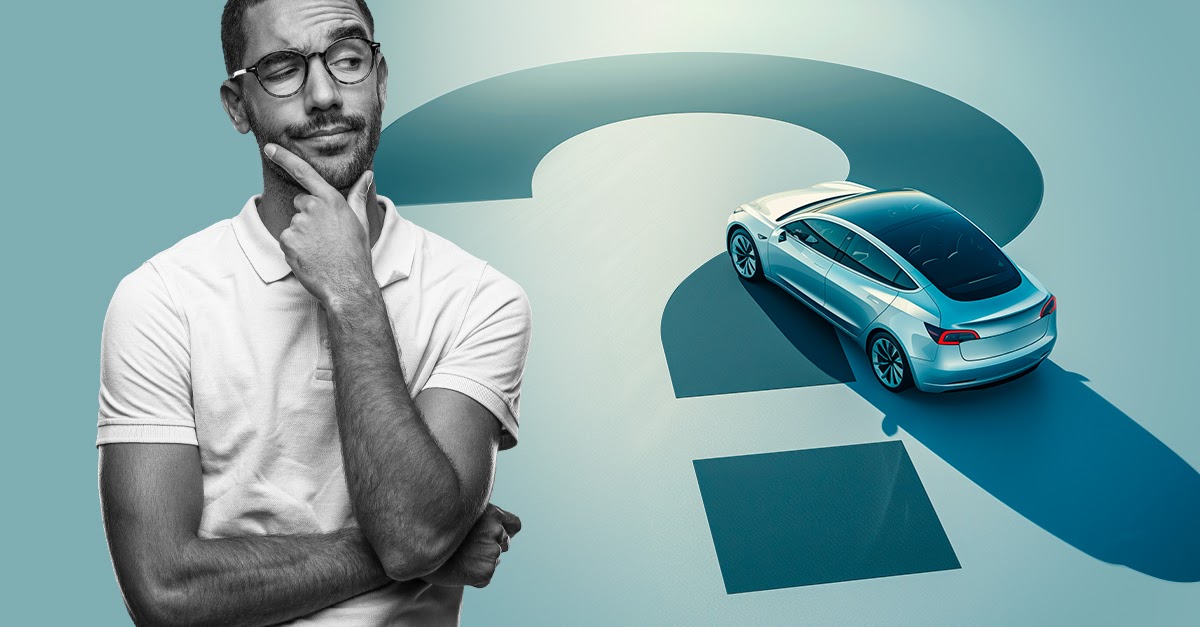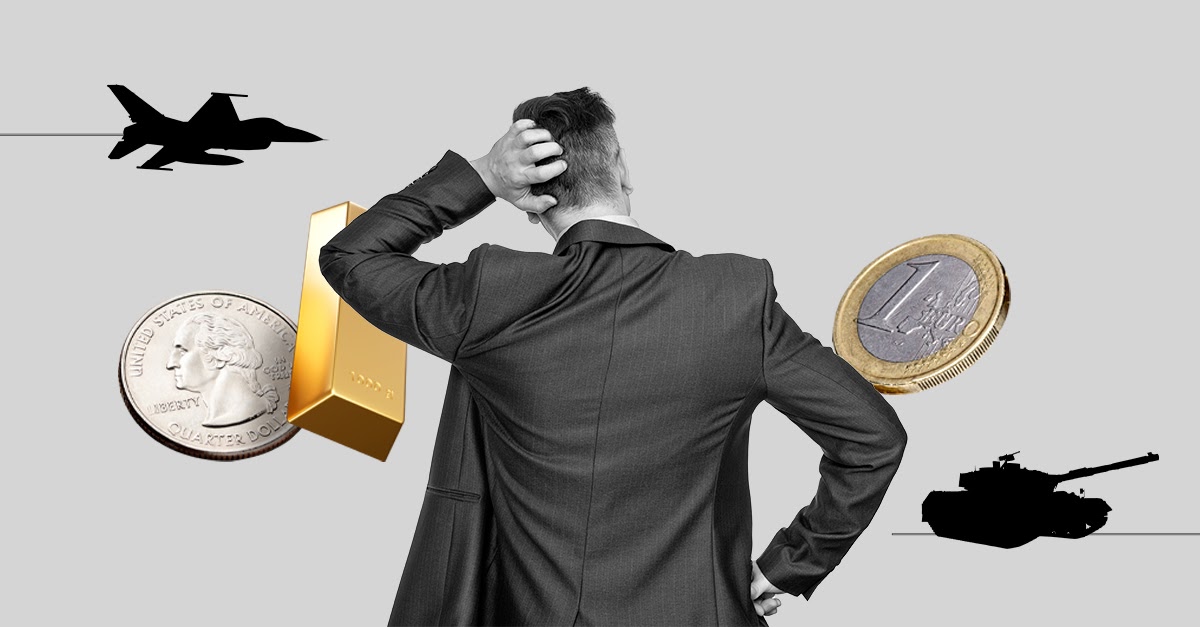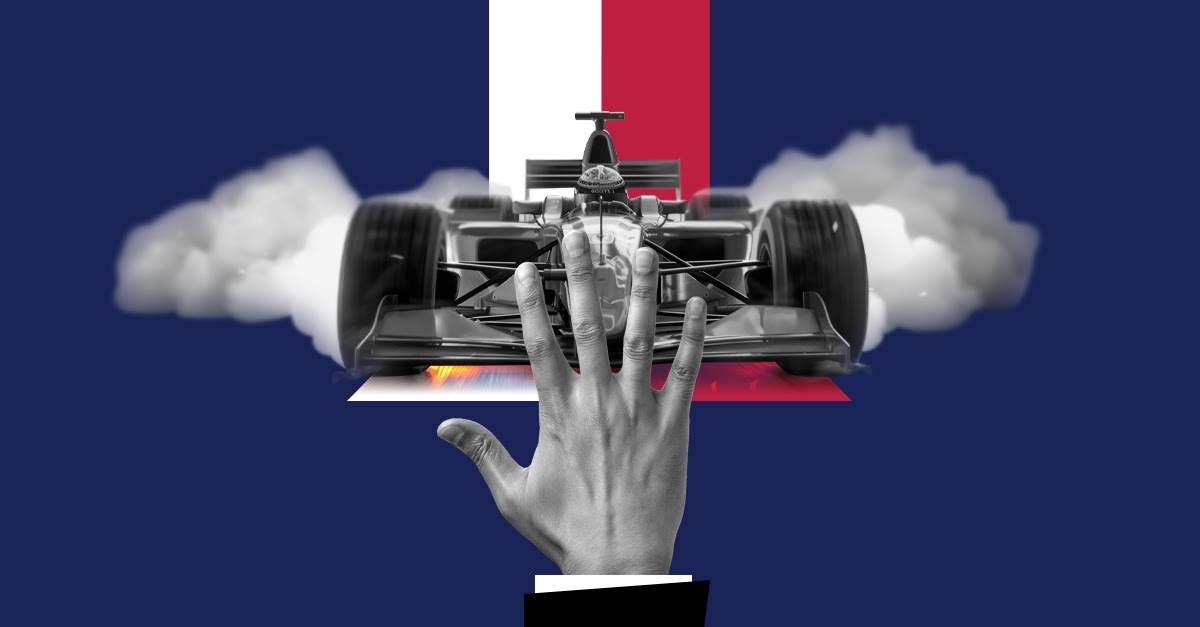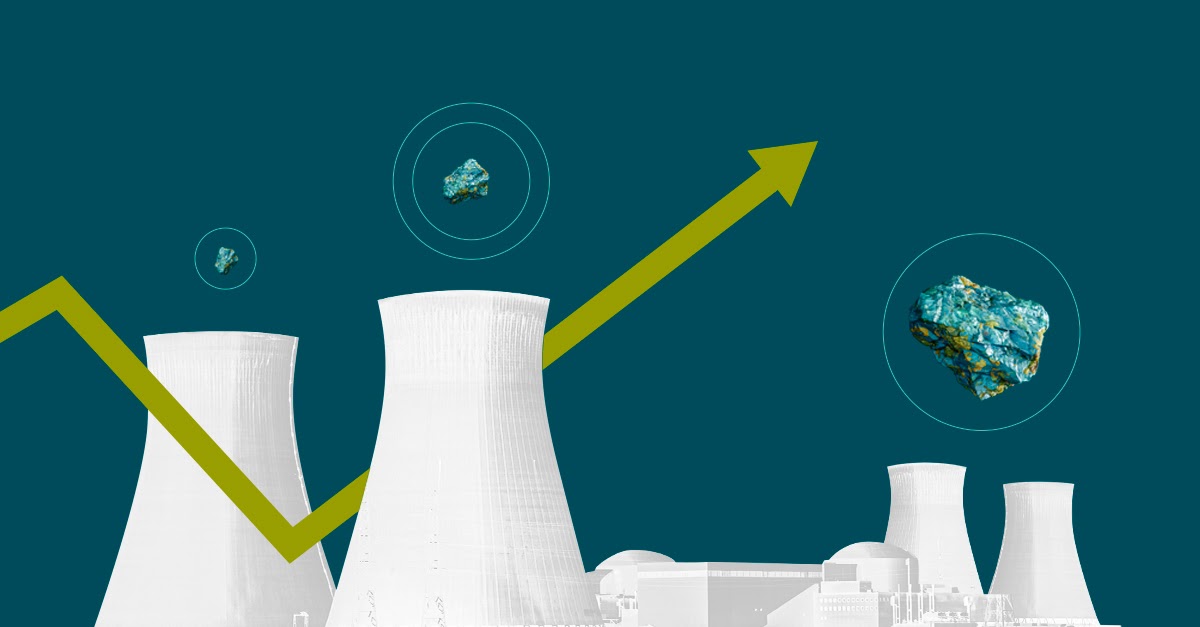Shares in Europe's largest pharmaceutical company, best known for its obesity drug Ozempic, have fallen by 40 per cent in just six months. Until a few months ago, the company was considered by many investors to be one of the most promising on the market. Today, however, it is experiencing a sharp discount. Let's find out what led to this situation and what conclusions can be drawn from it.
Table of contents:
Trump's conflict with Denmark
Donald Trump, even before becoming US president, has sparked a diplomatic crisis by renewing his controversial proposal to buy Greenland from Denmark. If refused, he threatens to impose tariffs on Danish goods. At the centre of the potential conflict was Novo Nordisk, manufacturer of the drug Ozempic, originally used to treat type 2 diabetes and now known as an effective weight-loss treatment.
Former US ambassador to Copenhagen Rufus Gifford suggested that Denmark could respond by threatening to stop sales of the drug to the US, where it is hugely popular. However, for Novo Nordisk such a step would mean serious losses, as the US market generates as much as 70 per cent of the company's revenue.
Novo Nordisk fears that the US tariffs will hurt its business, as the company operates several production facilities in the US and is dependent on trade with the country. The conflict over Greenland, therefore, could affect the global market for pharmaceuticals targeting people struggling with type 2 diabetes and obesity.
Countdown to 2032
Novo Nordisk holds the patent for semaglutide, the active ingredient in the drug Ozempic. The patent expires at the beginning of 2032. After this date, competitors will be able to produce this compound on their own, which will almost certainly lead to a decrease in revenue for the Danish giant. It is worth noting that many of the company's key patents expire in a similar period, i.e. between 2028 and 2032.
With its current patents, Novo Nordisk is a leader in three key pharmaceutical markets:
- GLP-1 drugs, used to treat type 2 diabetes and obesity, with a market share of 55.6 per cent,
- insulins, where it holds a 43.3 per cent share,
- diabetes drugs, where it controls 33.9 per cent.
The company's current market position is therefore based on patent protection, which provides it with a competitive advantage, but this could be significantly eroded once these rights expire. Hence, the company is currently fighting to gain as much as possible in the shortest possible time.

Source: Novo-Nordisk, Quarterly Report
At best, the company still has seven very fruitful years left. This is also borne out by the figures. The company's sales are growing at 26 per cent per year and the average net profit margin is an impressive 35 per cent. This translates into a return on invested capital of 28 per cent. This means that the company doubles every dollar invested in less than three years. However, in the context of a potential purchase of Novo Nordisk shares, it is worth recalling the words of well-known investor Howard Marks: ‘Investment success comes not from buying good things, but from buying them at a favourable price’.

Source: TradingView
Novo Nordisk's situation seems to fit perfectly with this principle. Assuming the company's sales halve after patent expiry, the current valuation predicts that sales will continue to grow at a rate of almost 35 per cent in the coming years. This suggests that, despite the current 40 per cent decline, the company may still show signs of overvaluation, given its current sales growth rate of 26 per cent. This confirms that the most talked-about investment themes, and Novo Nordisk was one of them just a year ago, often prove disastrous when investors, racing not to be left behind, buy without thinking about the price they have to pay.

Source: Conotoxia own study
Grzegorz Dróżdż, CIIA, Market Analyst of Conotoxia Ltd. (Conotoxia investment service)
The above trade publication does not constitute an investment recommendation or information recommending or suggesting an investment strategy within the meaning of Regulation (EU) No. 596/2014 of April 16, 2014. It has been prepared for informational purposes and should not form the basis for investment decisions. Neither the author of the publication nor Conotoxia Ltd. shall be liable for investment decisions made on the basis of the information contained herein. Copying or reproducing this publication without written permission from Conotoxia Ltd. is prohibited. Past performance is not a reliable indicator of future results.
CFDs are complex instruments and come with a high risk of losing money rapidly due to leverage. 72,43% of retail investor accounts lose money when trading CFDs with this provider. You should consider whether you understand how CFDs work and whether you can afford to take the high risk of losing your money.
Trading on CFDs is provided by Conotoxia Ltd. (CySEC no.336/17), which has the right to use the Conotoxia trademark.

